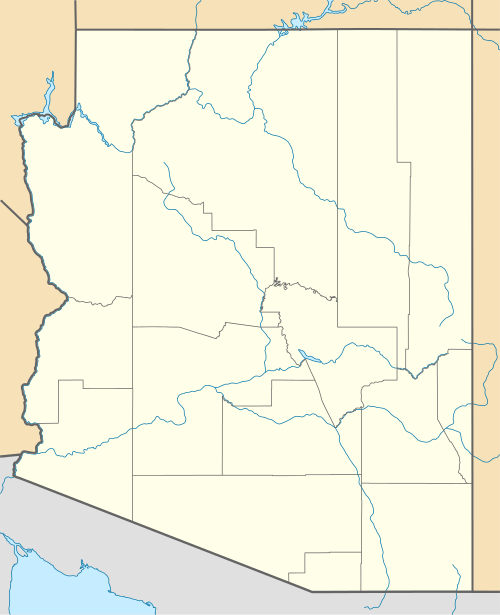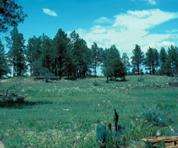Point of Pines Sites
|
Point of Pines Sites | |
|
One of the sites | |
  | |
| Location | San Carlos Apache Indian Reservation, Graham County, Arizona, USA |
|---|---|
| Nearest city | San Carlos, Arizona |
| Coordinates | 32°50′0″N 109°43′0″W / 32.83333°N 109.71667°WCoordinates: 32°50′0″N 109°43′0″W / 32.83333°N 109.71667°W |
| Architect | Unknown |
| Architectural style | No Style Listed |
| NRHP Reference # | 66000182 |
| Significant dates | |
| Added to NRHP | October 15, 1966[1] |
| Designated NHL | July 19, 1964[2] |
Point of Pines Sites is a set of archaeological sites in the U.S. state of Arizona that are significant for associations with Ancestral Pueblo, Mogollon and Hohokam cultures. The sites were chosen as a field school location by Dr. Emil Haury because of the unusual presence of all three major prehistoric cultures of Arizona.
Point of Pines, actually a series of pueblo sites on a spur off the Nantack Ridge, was also a good location for continuing research that had begun at Kinishba and Forestdale. For most of its early history the sites in the area fit the model of the Mogollon Culture identified by Haury and others. Later on, after the 13th century there was apparently an influx of Anasazi from the Colorado Plateau and possibly the Hohokam of the Safford region.
The presence of Jeddito ware, a pottery type associated with the Hopi heartland, indicates at least trade with that area if not actual movement of people. Terah Smiley, a student of Haury's at Point of Pines, excavated and identified the rectangular Western Pueblo style kiva, forms of which are still in use today, at several of the sites. It was declared a National Historic Landmark in 1964.[2]
References
- ↑ National Park Service (2007-01-23). "National Register Information System". National Register of Historic Places. National Park Service.
- 1 2 "Point of Pines Sites". National Historic Landmark summary listing. National Park Service. Retrieved 2007-09-27.
External links
- McDonald Patterned Corrugated Bowl, collected by Emil Haury at Point of Pines in 1952.
